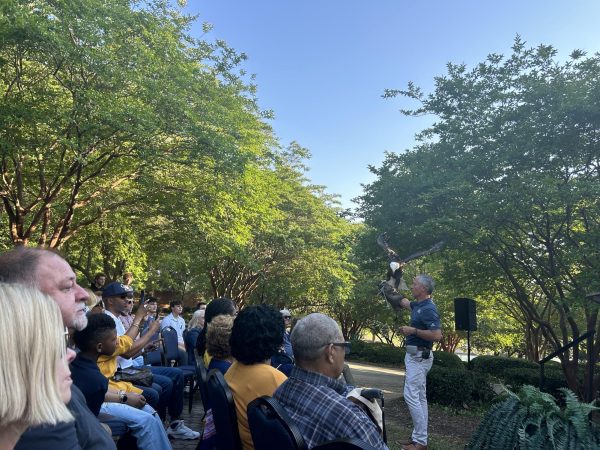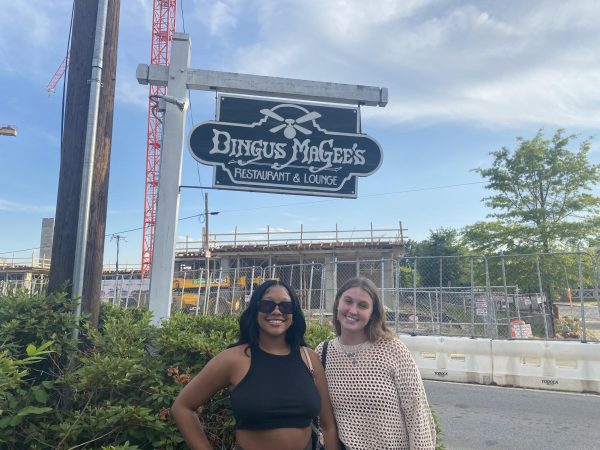More Industry, More Jobs, More Fun for Statesboro
January 29, 2015
Georgia Southern students will soon enjoy another infusion of jobs to the Greater Statesboro area thanks to the industrial recruitment efforts of The Development Authority of Bulloch County (DABC).
The DABC hopes to emulate the success of the Gateway Industrial Park through their current project, developing DABC-owned land at the intersection of Highway 301 South and Interstate-16.
The Gateway Industrial Park is home to a majority of Greater Statesboro’s largest employers, including Briggs & Stratton, the third largest with over 950 employees; Great Dane, employing 400; and the largest Wal-Mart Distribution Center in the United States.
All told, the park’s expected employment rate gives Georgia Southern University a run for its No. 1 employer status, sustaining an excess of 2,000 jobs a year. Bulloch County estimates that the proposed I-16 park will directly create up to 2,500 jobs in total.
Industrial recruitment, the process of attracting industry jobs to a location, is largely based on two factors: proximity to interstate and reliability of utilities. The DABC is currently working to create a dream scenario at the I-16 industrial park site. Statesboro’s proximity to the Port of Savannah, the 4th busiest port in the United States according to the Georgia Ports Authority, is a great asset to the site, while the Highway 301 interchange provides an ease-of-use not found anywhere closer to Savannah.
“We’ve missed opportunities by not having [an industrial park] available at the interstate supported by infrastructure,” Benjy Thompson, Chief Executive Officer of DABC, said.
The City of Statesboro and Bulloch County have partnered to bring city utilities to the site, streamlining the estimated $49.45 million project.
“It took a little while and a lot of conversations for the City and the County to come together and agree to do this jointly, but they made that decision, and that shows well for the community,” Thompson said.
Water, Wastewater and Natural Gas utilities will be at the interchange by the end of the year, completely contained and maintained in the same capacity as all other city utilities. Residents need not worry about sewage smells during or after construction.
Options existed for standalone utilities at the site, but Thompson felt that the expertise of Statesboro in the utilities realm and possibility of revitalization of Highway 301 influenced the decision to extend the City’s current system.
“I would not be surprised… part of the strategy for extending utilities from south of the city to the interstate was to allow for the possibility of development along that corridor,” Thompson said, but warned against getting hopes up in the near future. “Redevelopment is in a lot of ways more difficult than development… you have to destroy and then re-create.”














